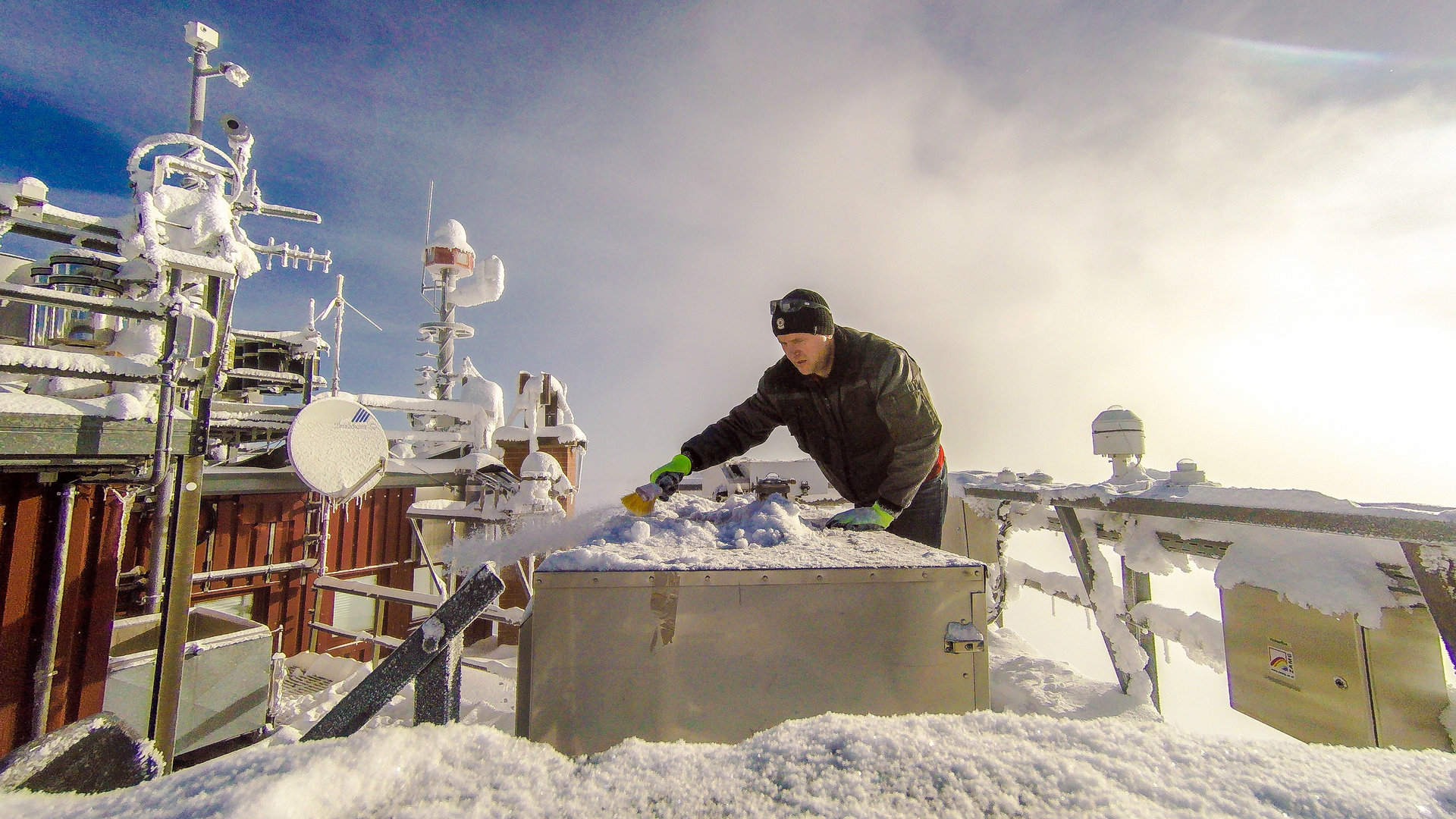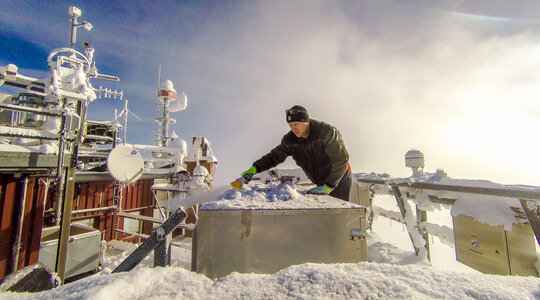
Science
In 1886, Julius Hann and Ignaz Rojacher devoloped a plan to build a meteorological observatory in high alpine terrain, after deciding on the location of the Sonnblick Observatory. They were motivated by questions about the higher altitude air layers – one common aim defined at the second meteorological world congress 1879 in Rome.
In 1986 the main building of the Sonnblick Observatory was renewed and connected to the local power grid, expanding the observations by chemical analyses of the air. The Observatory has become a background monitoring station. Questions about air pollution control, the key word ‘acid rain’ help support our program of chemical analysis. Due to the proximity far away from emission sources, the natural air could be measured and analyzed focusing on the important role of altitude. This was groundbreaking for our broadly defined and interdisciplinary environmental research program at the Sonnblick Observatory.
In the meantime, the amount of research projects has increased and the focus and aims of the studies are manifold. The analysis in the field of air pollution control and transport of polluted air have been extended. Many projects in the field of climate change try to ask the question “What happens and why?”. The climate change including geological aspects for example are in focus as well as sociological aspects. Projects in the field of health and security comprise the monitoring of UV radiation and radioactivity and also altitude sickness.
In the frame-work of all research activities at Mt. Hoher Sonnblick we are following one aim: Environmental research at the Sonnblick Observatory shall not only be practiced at the ‘highest location’ but also at an advanced standard. The exposed location, far away from sources of emissions, infrastructure and tourism combined with excellent technical research infrastructure achieves the best results.

